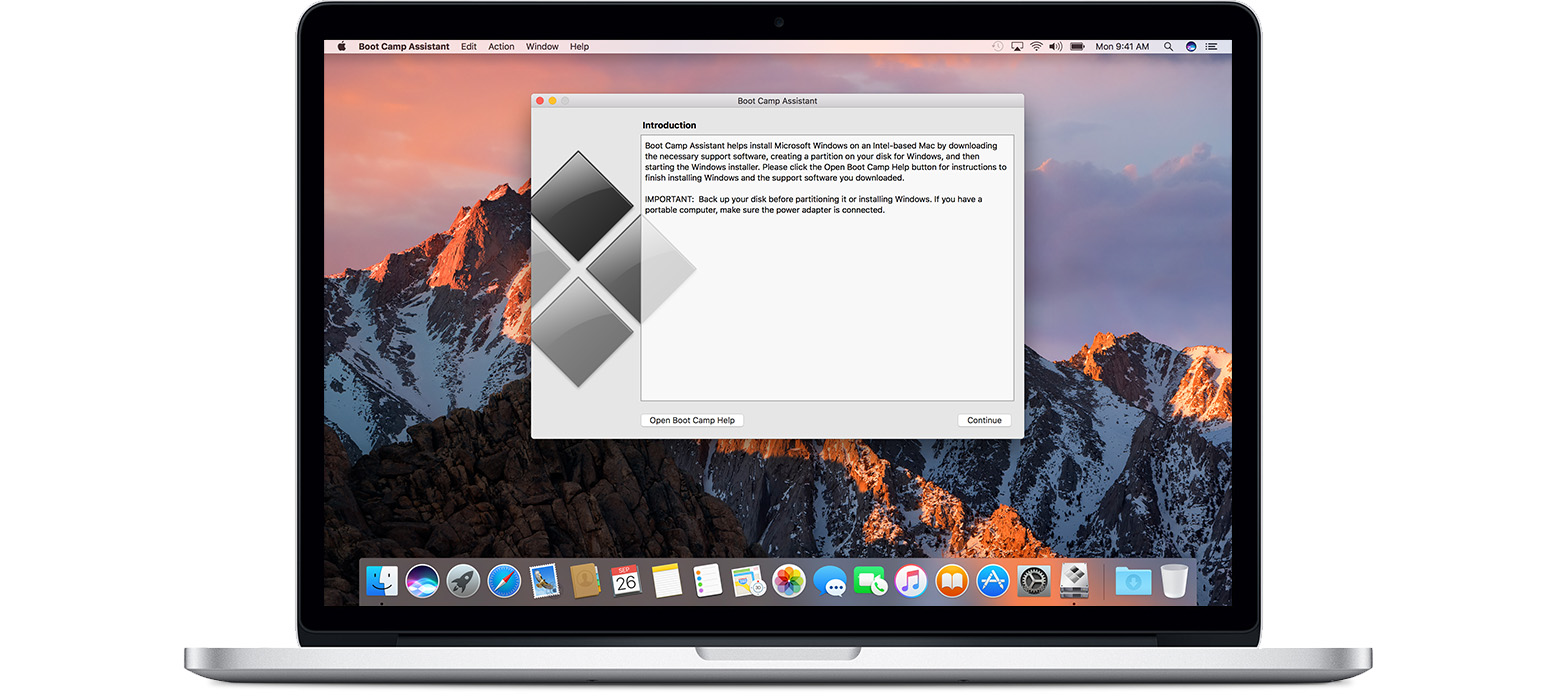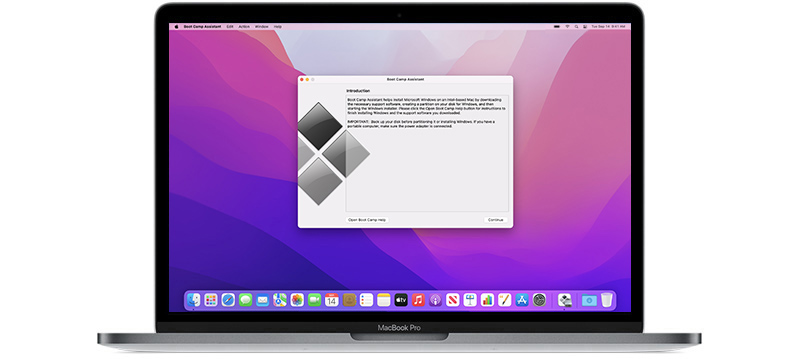ForceDecks software is currently only compatible with Windows computers. Despite this, it is still possible to run Windows (and therefore ForceDecks) on a Mac computer, using one of two 'dual boot' methods:
How To Switch To Bootcamp
We find that most of our Mac-user clients prefer Parallels, as this allows them to use Windows apps seamlessly alongside their Mac apps, whereas Boot Camp requires the computer to be restarted to switch between Mac and Windows. By default, Boot Camp places an icon in your Windows System Tray, which you can use to reboot to Mac OS X. Screencap by Stephanie Crawford for HowStuffWorks When Boot Camp launches your Windows installation, it hands over control to the install disc.

- I will test that but I don’t think so since the boot icon comes from the EFI partition. So I think the boot Name also comes from this partition. And i am pretty sure the name in windows is „Boot camp“ like in macOS. Only the boot screen shows „EFI boot“. – Kevin Lieser Nov 25 '18 at 17:51.
- Boot Camp isn’t exactly a feature that’s new to Mac OS X: If you want to install Windows 8 on a Mac, for example, you’ll have to lean on the software. But perhaps you’ve only recently.
- How To Switch From Windows To Mac On Bootcamp In Windows on your Mac, click in the right side of the taskbar, click the Boot Camp icon, then choose Boot Camp Control Panel. If a User Account Control dialog appears, click Yes.
- Parallels Desktop for Mac; or
- Boot Camp.
We find that most of our Mac-user clients prefer Parallels, as this allows them to use Windows apps seamlessly alongside their Mac apps, whereas Boot Camp requires the computer to be restarted to switch between Mac and Windows.
How To Switch From Bootcamp To Mac
The trade-off is that Boot Camp takes full advantage of all of the computer's processors and RAM, while Parallels splits the processing power between Mac and Windows (which can lead to performance drops in less powerful computers). We suggest you weigh up these advantages and disadvantages, considering your use case and hardware, before choosing an option.
Option 1: Parallels Desktop for Mac
| Head to the Microsoft Store and purchase a license for Windows 10 (if you don't have one already) | |
| Head to the Parallels Store then purchase (or sign up for a free trial) and download Parallels Desktop for Mac. | |
| Follow the steps here to install Parallels, then follow the steps here to install Windows. | |
| You can then install and set up your ForceDecks software, by following the steps you received from VALD Onboarding in your initial setup email. |
Option 2: Boot Camp
| Head to the Microsoft Store and purchase a license for Windows 10 (if you don't have one already) | |
| Follow the steps here to set up Boot Camp on your Mac, and to install Windows. | |
| You can then install and set up your ForceDecks software, by following the steps you received from VALD Onboarding in your initial setup email. |

Once you've set up Boot Camp, you have three different ways to make the switch between partitions. Let's look at these based on their starting points.
If you're in Windows, you can switch to the Mac OS X partition using the Boot Camp icon in the System Tray. Click the gray diamond-shaped icon, and click 'Restart in Mac OS' from the pop-up menu. Then, confirm your choice to reboot to Mac OS X and give the computer about a minute to make the switch.
Advertisement
Advertisement
If you're in Mac OS X, you can switch to the Windows partition using the Startup Disk utility within System Preferences. In the Startup Disk, choose the 'Windows on BOOTCAMP' partition, and click 'Restart.' Then, confirm your choice to reboot to Windows and give the computer about a minute to make the switch.
If the Mac was powered off, you can choose which partition to boot before the Mac selects for you. To do this, press the Option key on the Mac while it's on the blank white boot screen. Within a couple of seconds, the Mac should present the two partitions to you on the screen. Use the arrow keys to select a partition, and press Enter to boot to it. This Option key feature is available either when booting from a powered-off state or if you're rebooting from Windows.
Ready for lots more information about Boot Camp? Switch on over to the next page.

Related Articles
More Great Links
Sources
- Apple. 'Apple to Use Intel Microprocessors Beginning in 2006.' Apple, Inc. Jun. 6, 2005. (Feb. 13, 2012) http://www.apple.com/pr/library/2005/06/06Apple-to-Use-Intel-Microprocessors-Beginning-in-2006.html
- Apple. 'Boot Camp Installation & Setup Guide.' Apple, Inc. 2011. (Feb. 13, 2012) http://manuals.info.apple.com/en_US/boot_camp_install-setup_10.7.pdf
- Buchanan, Matt. 'Cheetahs, Pumas and Tigers, Oh My: The Two-Minute OS X History Primer.' Gizmodo. 2007. (Feb. 13, 2012) http://gizmodo.com/267621/cheetahs-pumas-and-tigers-oh-my-the-two+minute-os-x-history-primer
- Diederen, Jeroen. 'Linux on Your Apple Mac | iLinux.' (Feb. 13, 2012) http://mac.linux.be/
- Microsoft Corporation. 'Windows 7 system requirements.' 2012. (Feb. 13, 2012) http://windows.microsoft.com/en-US/windows7/products/system-requirements
